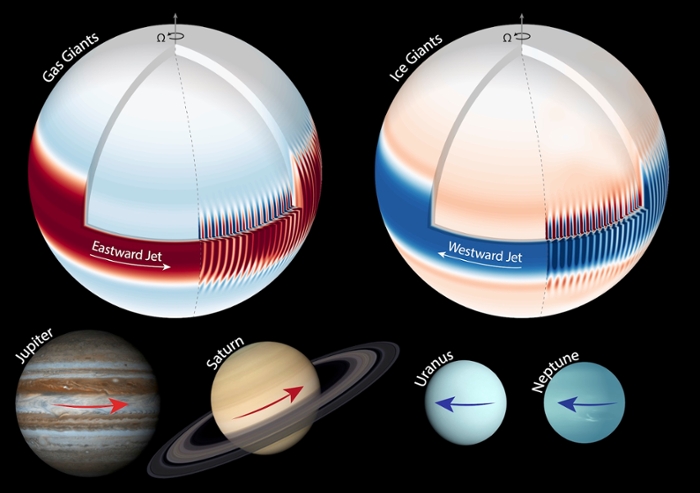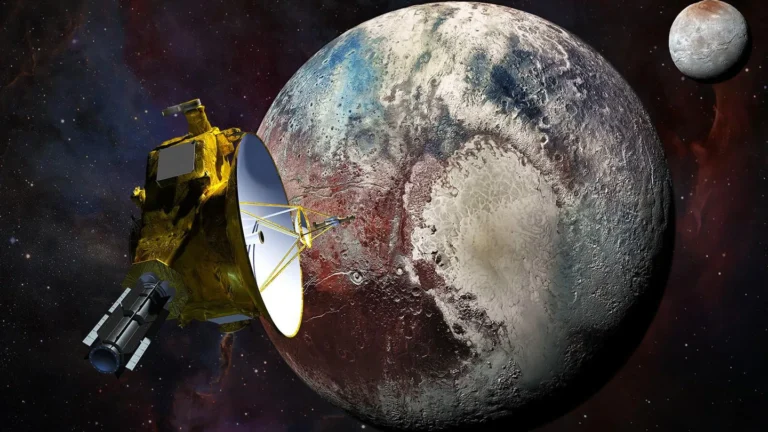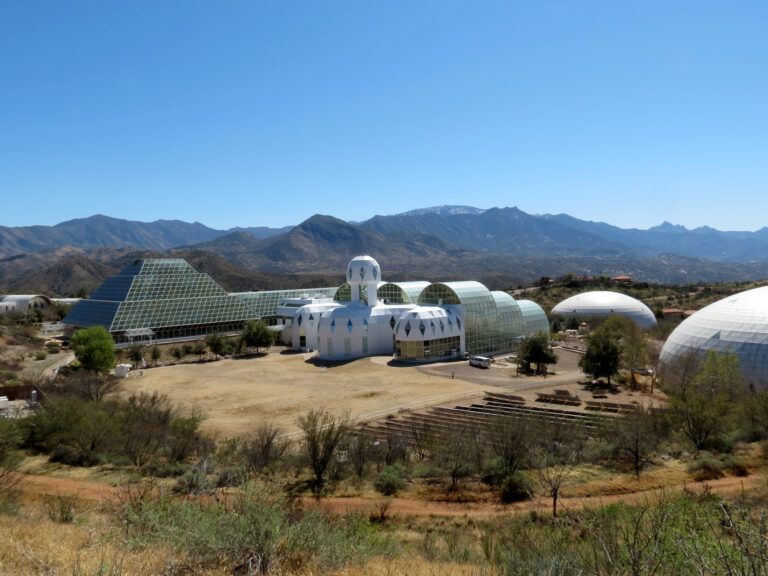Key Takeaways:
- Venus's substantial atmospheric mass mitigates the effect of its atmospheric escape rate, which is comparable to Earth's, on its overall density and surface pressure, though long-term compositional changes have likely occurred.
- Earth's atmospheric carbon dioxide (CO2) was largely sequestered into carbonate rocks by liquid water oceans, a process absent on Venus, which retains CO2 in its vapor state, thereby sustaining its intense greenhouse effect.
- The lack of a global magnetic field on Venus critically influences its atmospheric escape processes, a subject of ongoing comparative scientific investigation between Venus and magnetized planets like Earth.
- Additional significant factors contributing to the atmospheric divergence of Earth and Venus include distinct histories of impact events, volcanic outgassing, and varying magnetic and solar interactions.
Earth’s atmosphere also had a lot of carbon dioxide (CO2), which makes up Venus’ dense atmosphere. But on Earth, most of the atmospheric CO2 was removed. Earth has liquid water oceans. Water takes CO2 out of an atmosphere and turns it into limestone (carbonate rocks), which is plentiful in Earth’s crust. Venus’ CO2 stays in vapor form in its atmosphere because Venus hasn’t had surface water for a long time. The resulting greenhouse, coupled with its solar proximity, evidently helps keep it that way.
Still, Venus’ missing magnetic field does influence the physical processes of atmospheric escape. Scientists are still investigating the escape processes at a magnetized planet like Earth and those affecting Venus. The sister planets also likely have different impact and volcanic outgassing histories, as well as distinct magnetic and solar histories. Those differences are critical, too. A lot of detective work on the details remains to be done.
Senior fellow
Space Sciences Laboratory
University of California, Berkeley










